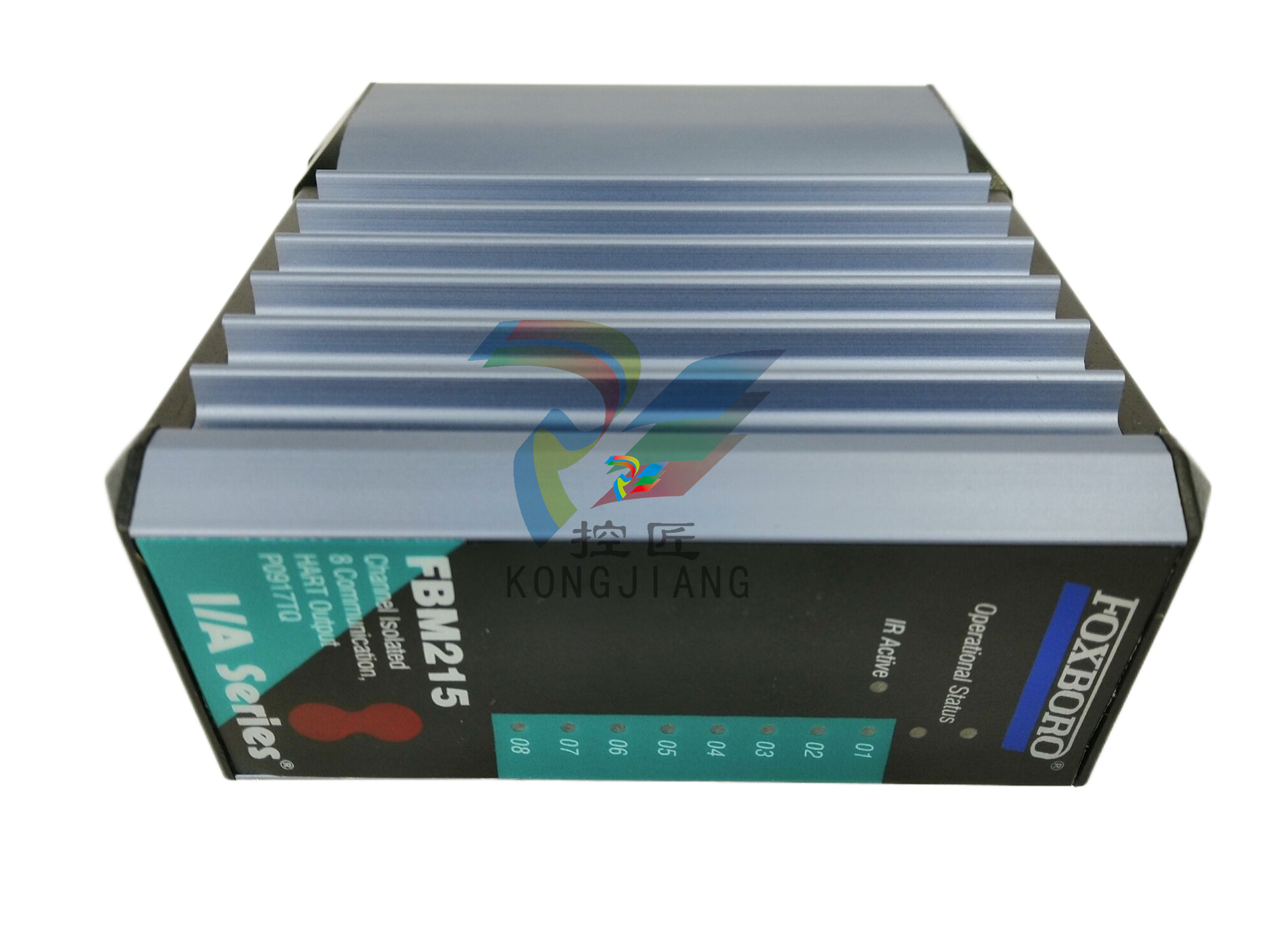
Beyond Tools: Cultivating a Culture of Collaboration for Cloud Security Success

Company culture is the key to improving cloud security. As industries increasingly adopt cloud-integrated automation systems, securing these environments has become more challenging. With the global cloud market expected to exceed $1 trillion by 2025, nearly 55% of organizations report difficulties in securing cloud environments due to poor collaboration between teams. In industrial settings, where automation and IoT-connected devices operate together, security missteps can lead to costly downtime or breaches. Addressing these challenges requires a cultural shift—fostering collaboration and teamwork across departments is critical for success.
The human element: A pillar of IoT and cloud security
Security challenges often stem from human factors, such as misaligned priorities between IT, OT and security teams. According to the ISC. Cybersecurity Workforce Study, cloud security remains one of the most complex areas to manage. The integration of IoT devices adds further complexity, as these devices often come with built-in vulnerabilities, like weak credentials or outdated firmware. Without proper alignment across teams, vulnerabilities in IoT systems can spread quickly throughout interconnected automation networks.
In smart manufacturing environments, these challenges are amplified. Security vulnerabilities in IoT systems that monitor production lines or manage equipment can disrupt operations and compromise data integrity. Strong collaboration between IT and OT teams is essential to detect and mitigate these risks proactively.
Real-world lessons from Norsk Hydro and Capital One
The 2019 ransomware attack on Norsk Hydro offers a valuable example of collaboration under pressure. LockerGoga ransomware forced the company to halt production across 40 countries and revert to manual operations. However, quick coordination between IT and OT teams helped contain the damage and restore operations efficiently.
While Norsk Hydro exemplifies successful collaboration during a crisis, the Capital One breach illustrates the dangers of misalignment.
The Capital One data breach the same year highlights how poor collaboration can leave cloud environments exposed. A misconfigured firewall allowed an attacker to access over 100 million customer records. If security and network teams had aligned their priorities better, the misconfiguration could have been identified and corrected earlier. Both cases illustrate that technology alone cannot address security challenges—collaboration and transparency are essential to minimizing risks.
The high cost of silos in IoT and cloud environments
Operational silos between security, network and OT teams remain a key obstacle to securing cloud-integrated systems. In environments with IoT-connected devices, these silos can delay incident responses, leading to greater operational and financial damage. As IoT systems continue to proliferate, organizations that fail to break down silos risk leaving vulnerabilities unchecked, increasing exposure to attacks.
Building a culture of collaboration and transparency
Security is not just a technical issue—it requires a cultural approach that promotes transparency, teamwork and shared goals across departments.
Key steps to foster collaboration
Cross-Functional Training: Regular training between network, security and OT teams helps build mutual understanding and align priorities around shared security objectives.
Unified Threat Management Systems: Implementing Continuous Threat Exposure Management (CTEM) ensures teams have a unified view of vulnerabilities, enabling more effective coordination.
Cross-Departmental Meetings: Frequent meetings improve communication, breaking down silos and fostering better collaboration during incident management.
Case example: Organizations that adopt CTEM frameworks have reported faster detection and response times by improving alignment between network and security teams.
Investing in cultural change for long-term resilience
Building a collaborative security culture requires sustained effort but offers significant benefits. Organizations that align operational and security priorities see faster recovery times and reduced downtime. The World Economic Forum’s Global Cybersecurity Outlook 2024 emphasizes that integrating cybersecurity with enterprise risk management is essential for long-term resilience.
In environments relying on IoT and cloud-integrated automation systems, cultural alignment is even more critical. Without it, vulnerabilities can go undetected, putting both security and operational continuity at risk. By investing in cultural change, organizations ensure they stay ahead of evolving threats while maintaining seamless operations.
Final thoughts: Going beyond tools to embrace culture
Security improvement requires more than tools—it demands a cultural shift toward collaboration. Companies that prioritize teamwork and transparency will build the resilience needed to thrive in an evolving threat landscape.













































.jpg)
.jpg)
.jpg)





.jpg)



.png)
.jpg)

.jpg)
_lVjBYb.jpg)

.jpg)
.jpg)



.jpg)
.jpg)







.jpg)

.jpg)
.jpg)











.jpg)




.jpg)
.jpg)
.jpg)
.jpg)
.jpg)
.jpg)
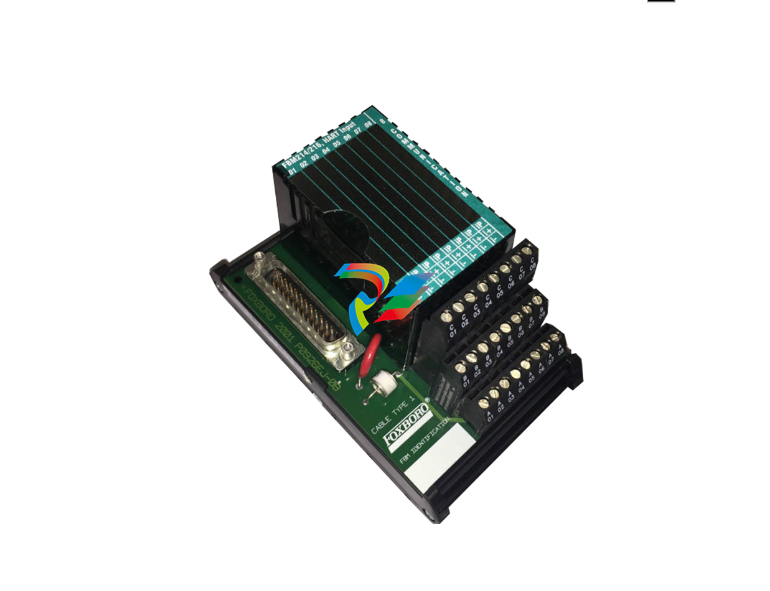
.jpg)
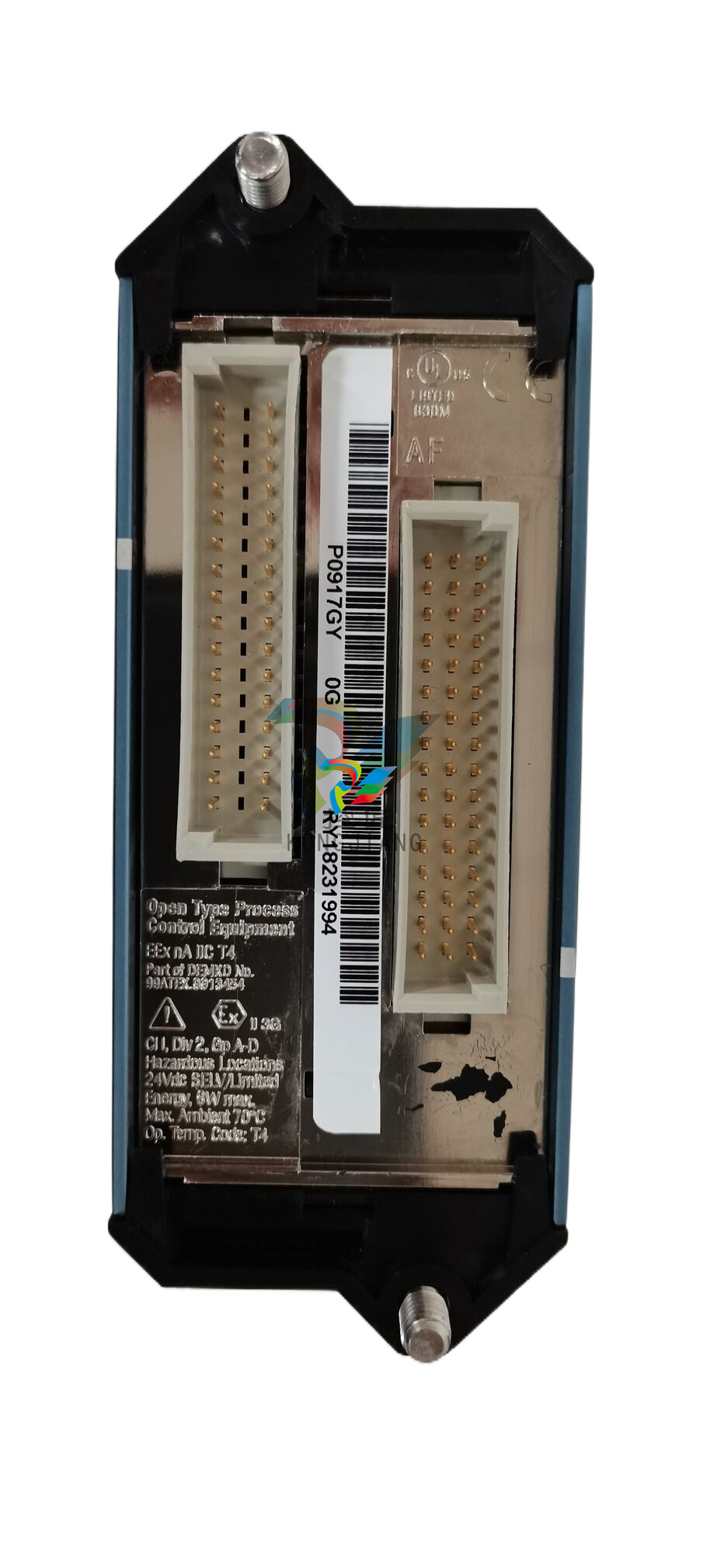
.jpg)
.jpg)
.jpg)
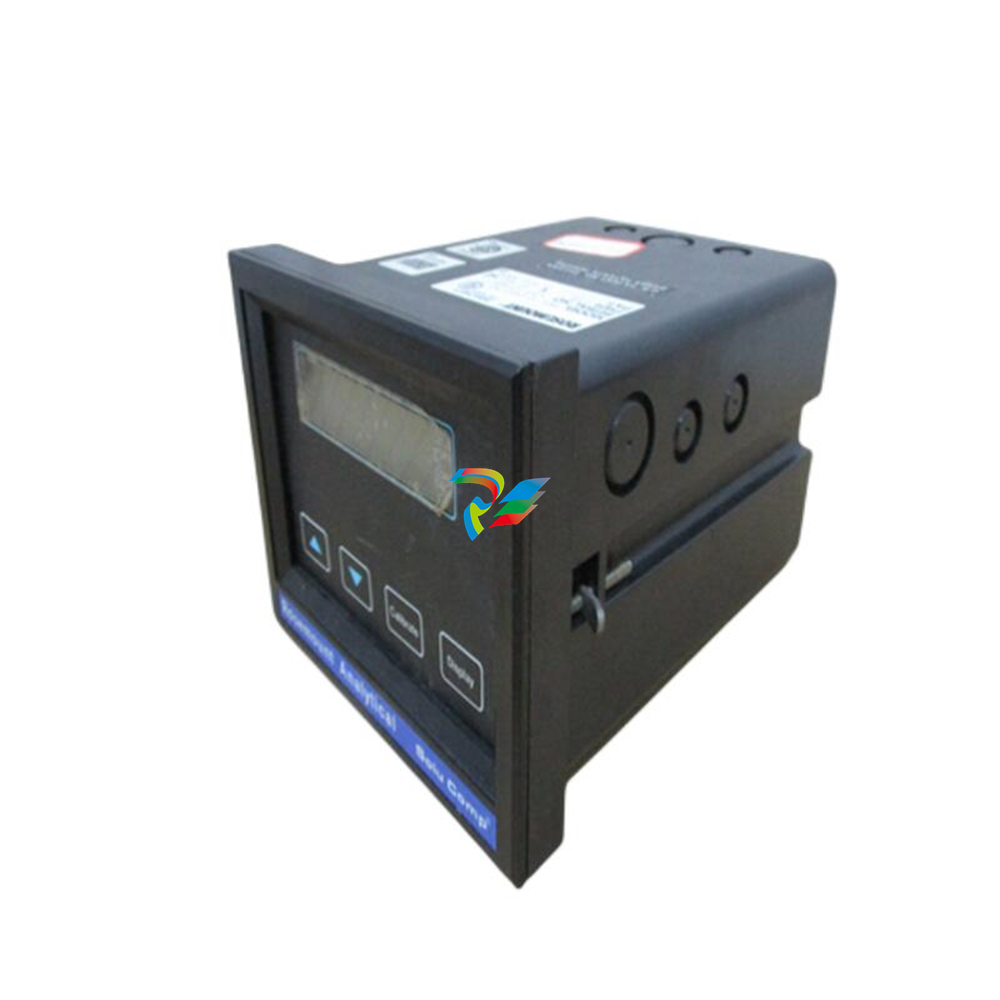
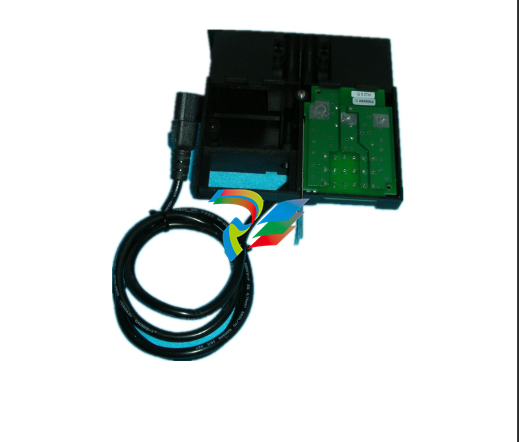
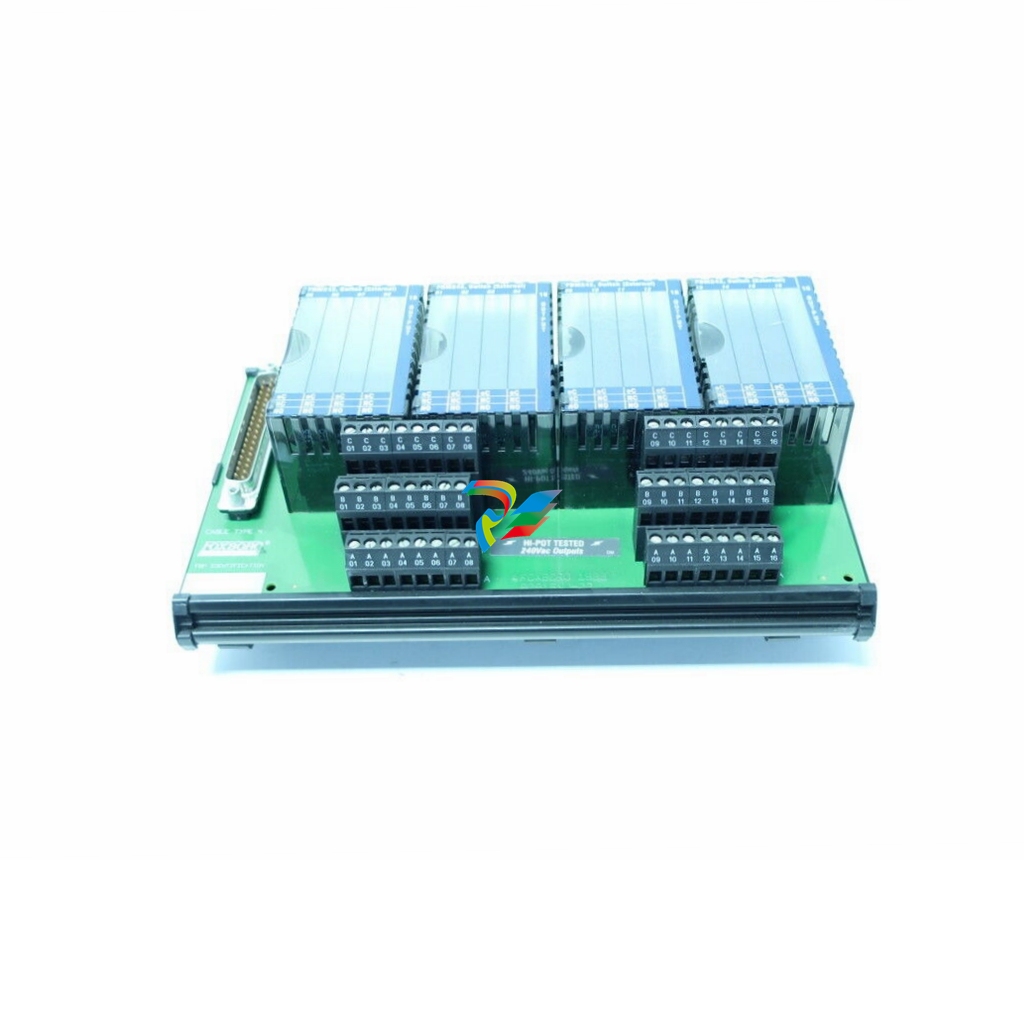

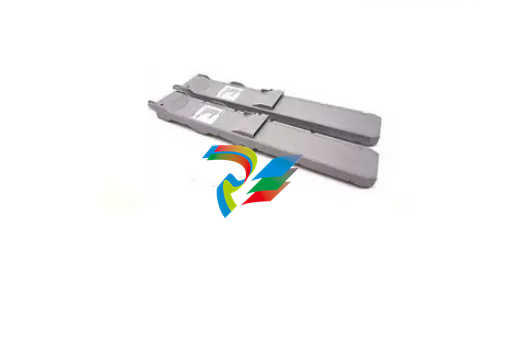
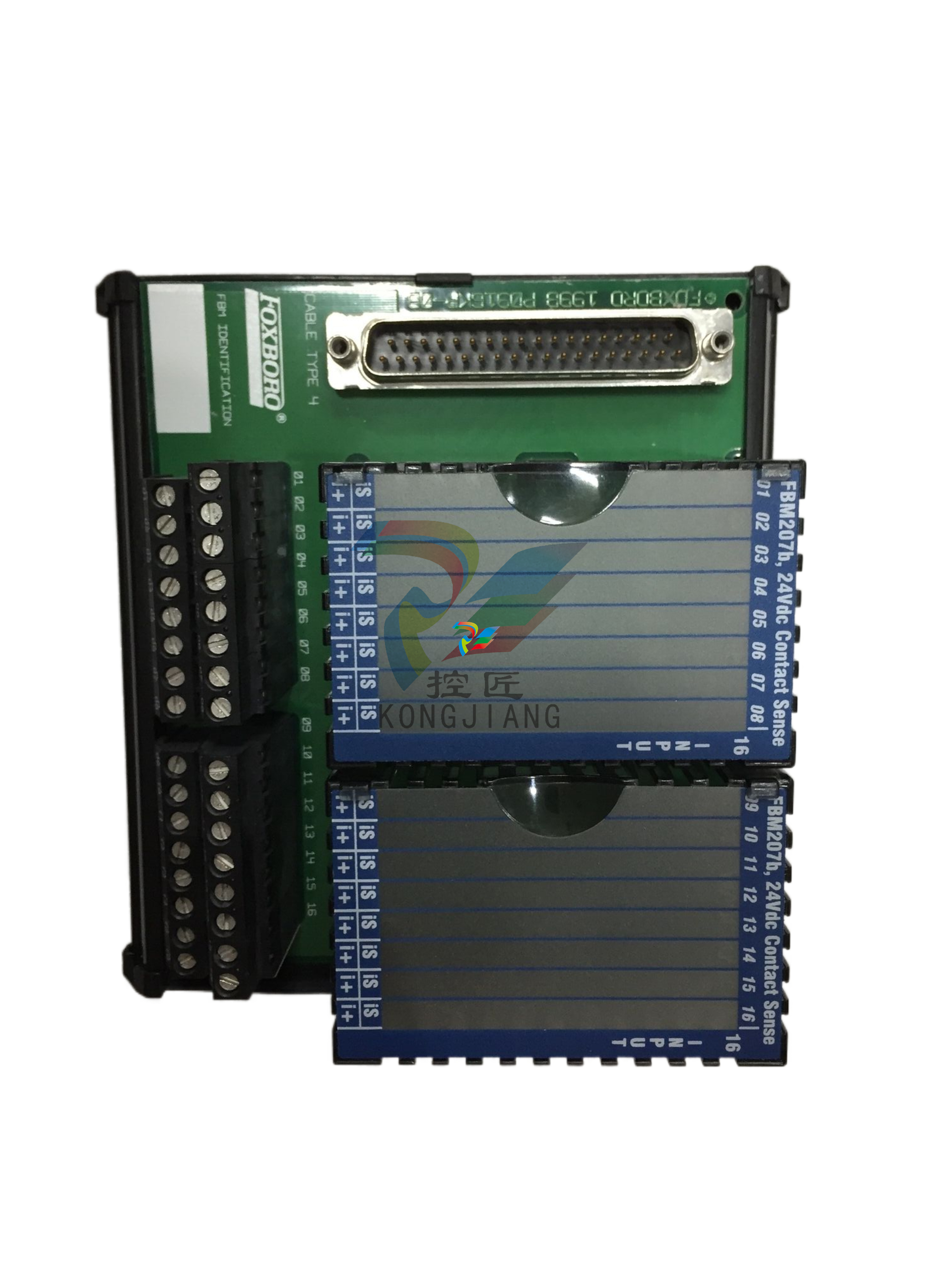
.jpg)
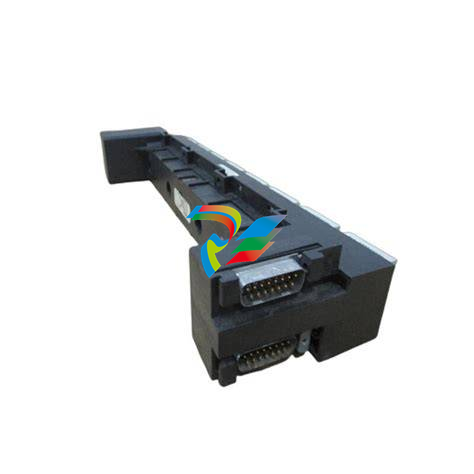
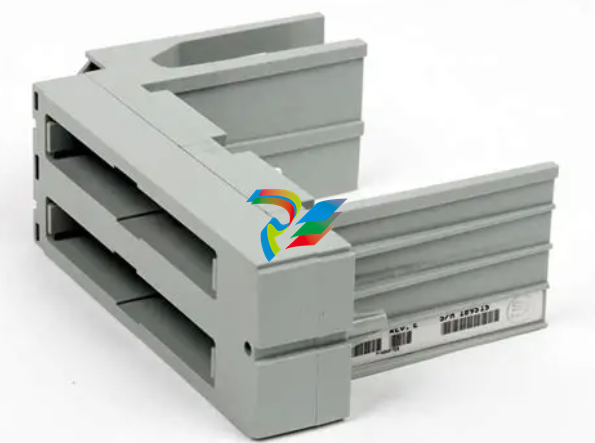
.jpg)
